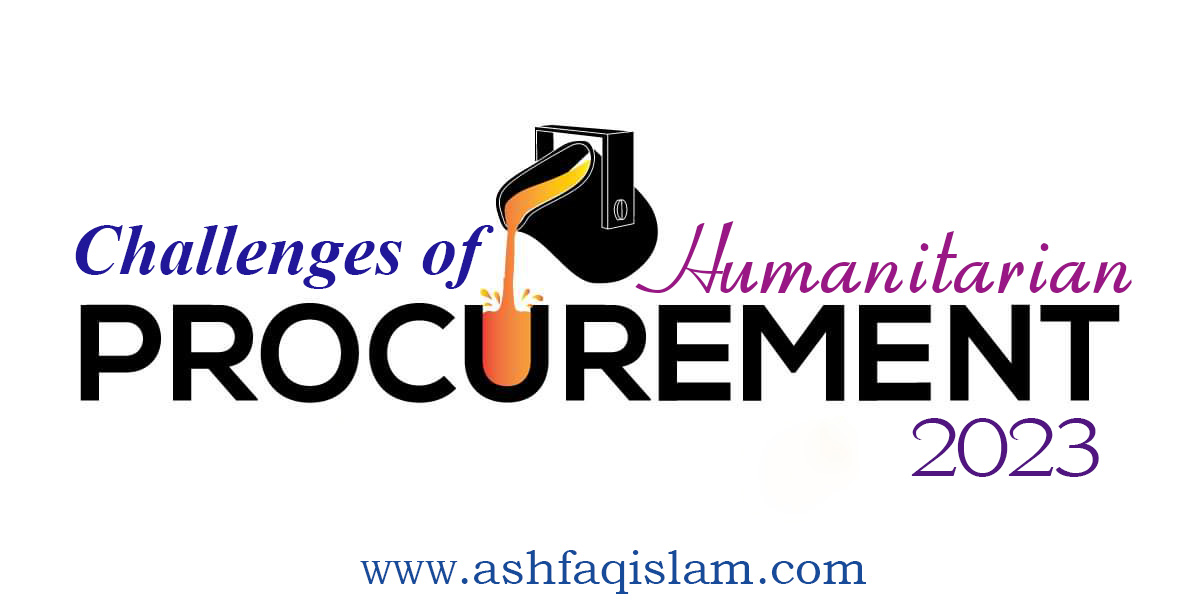
The Challenges of Humanitarian Procurement in 2023
As we reach the year 2023, humanitarian procurement continues to face significant challenges. From budgetary limits to logistical obstacles, delivering help to people who need it the most may be a difficult undertaking. As crises persist in several parts of the globe, the requirement for an efficient and successful procurement function is greater than ever. Additionally, the COVID-19 epidemic has brought additional complexity to assistance delivery, underlining the necessity for creative solutions and strong collaborations.
It is impossible to forecast precisely what obstacles the humanitarian procurement process will encounter in 2023 due to a variety of variables including global events, political and economic situations, and technology progress. Nevertheless, some possible obstacles that organizations may encounter include:
-
- Increasing complexity of supply chains: With global supply chains becoming more complex and interconnected, humanitarian organizations may face challenges in identifying and managing suppliers, tracking products, and ensuring compliance with regulations.
- Limited access to goods and services: In certain regions, humanitarian organizations may face challenges in accessing goods and services due to security concerns, infrastructure limitations, and other obstacles.
- Limited visibility and transparency: Humanitarian Organizations may face challenges in gaining visibility and transparency into the entire procurement process and ensuring that goods and services are delivered on time and to the right location.
- Compliance with regulations: Humanitarian organizations may face challenges in ensuring compliance with regulations such as anti-corruption laws and trade sanctions.
- Supply chain disruptions: humanitarian organizations may face challenges in dealing with supply chain disruptions due to natural disasters, political instability, or other events.
- Cybersecurity risks: humanitarian organizations may face challenges in protecting sensitive information such as supplier data and procurement records from cyber-attacks.
